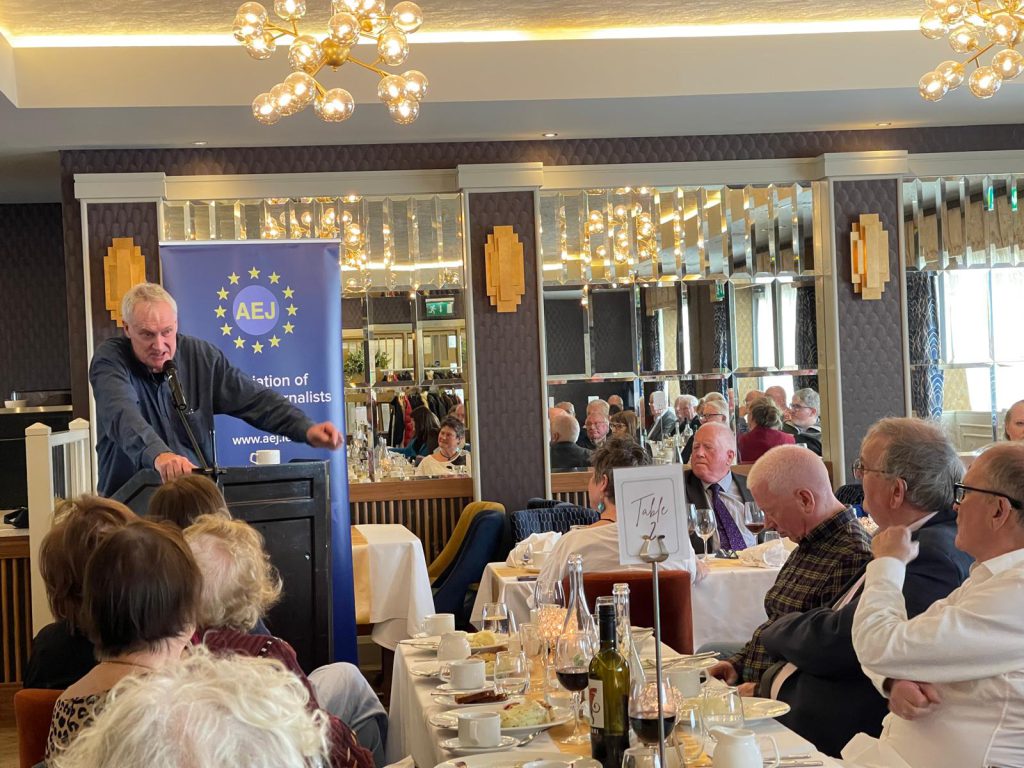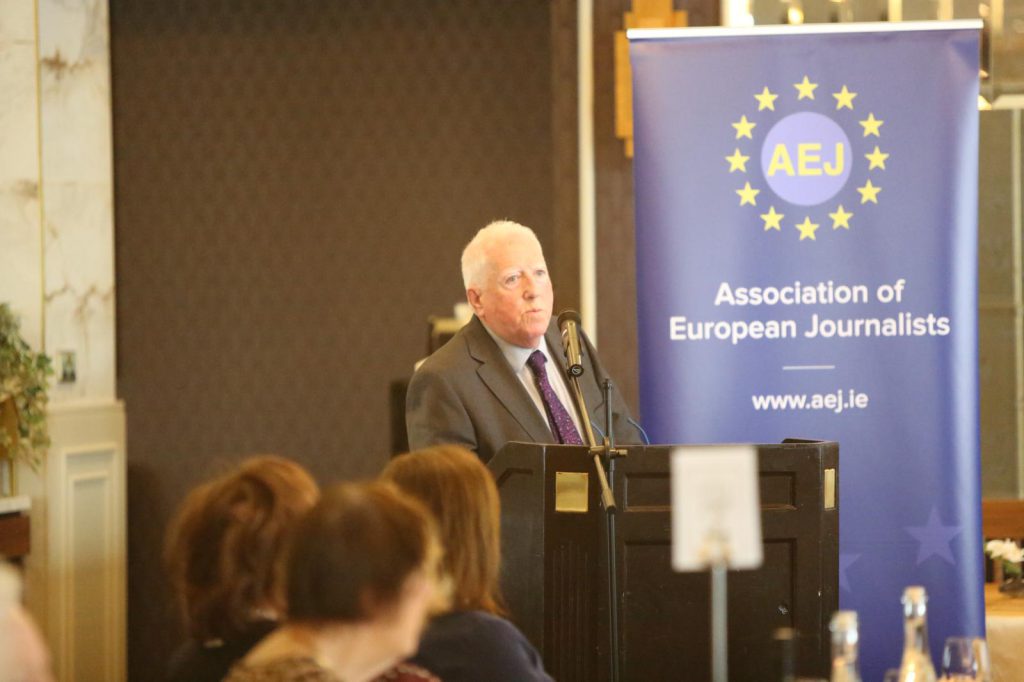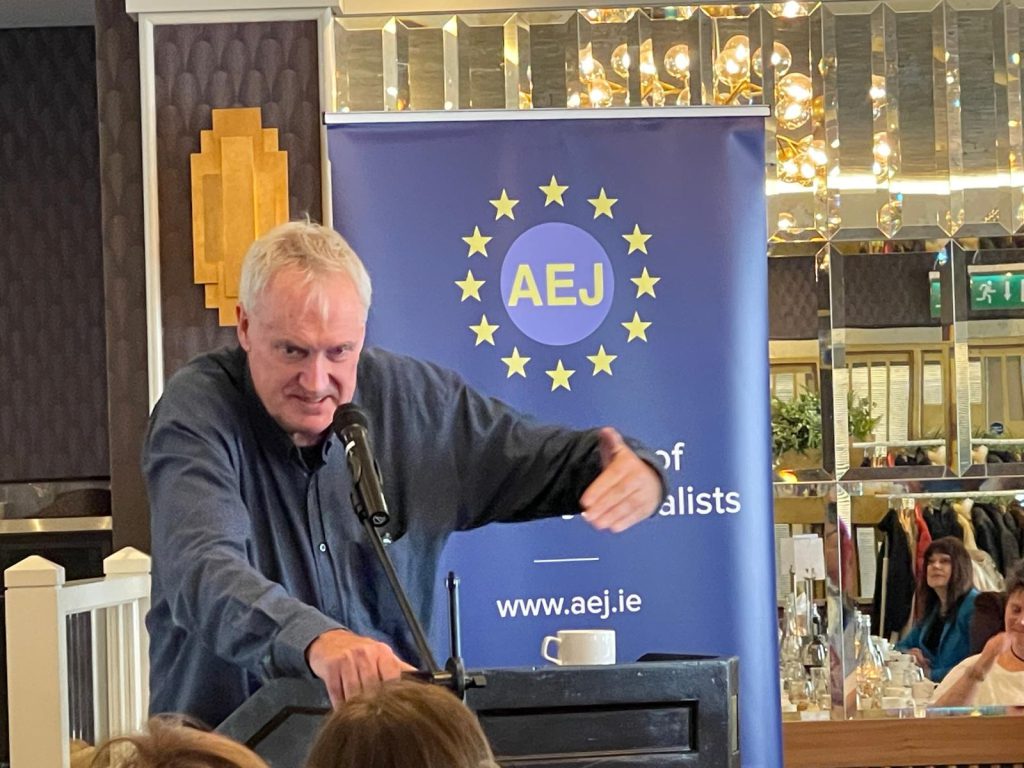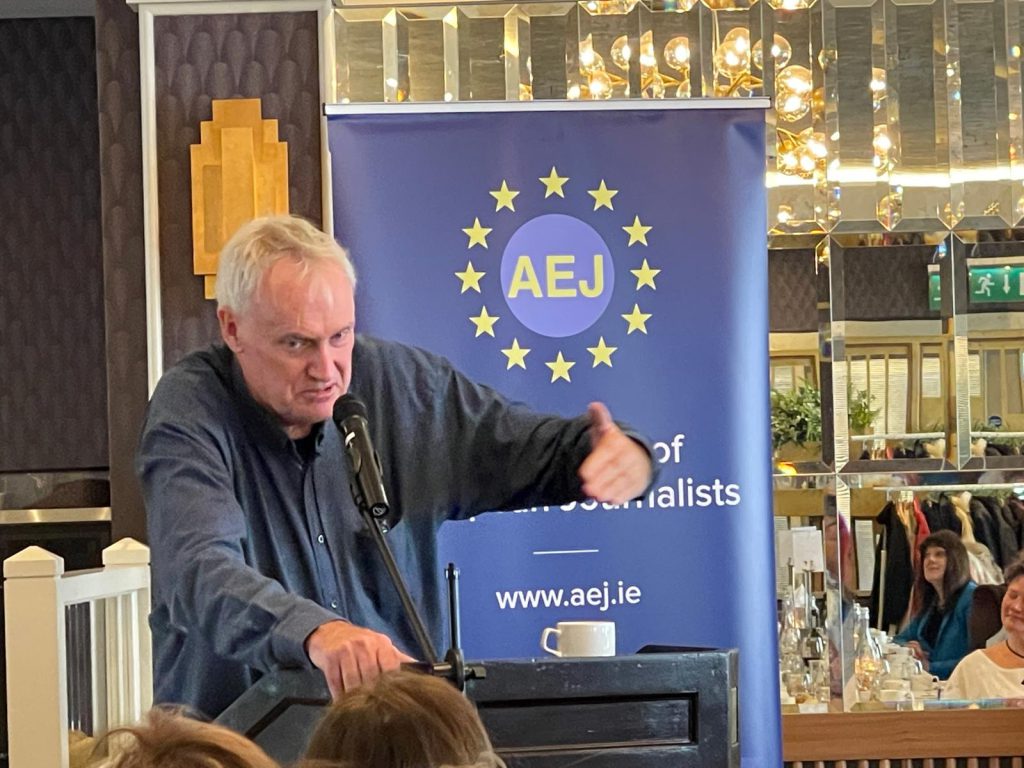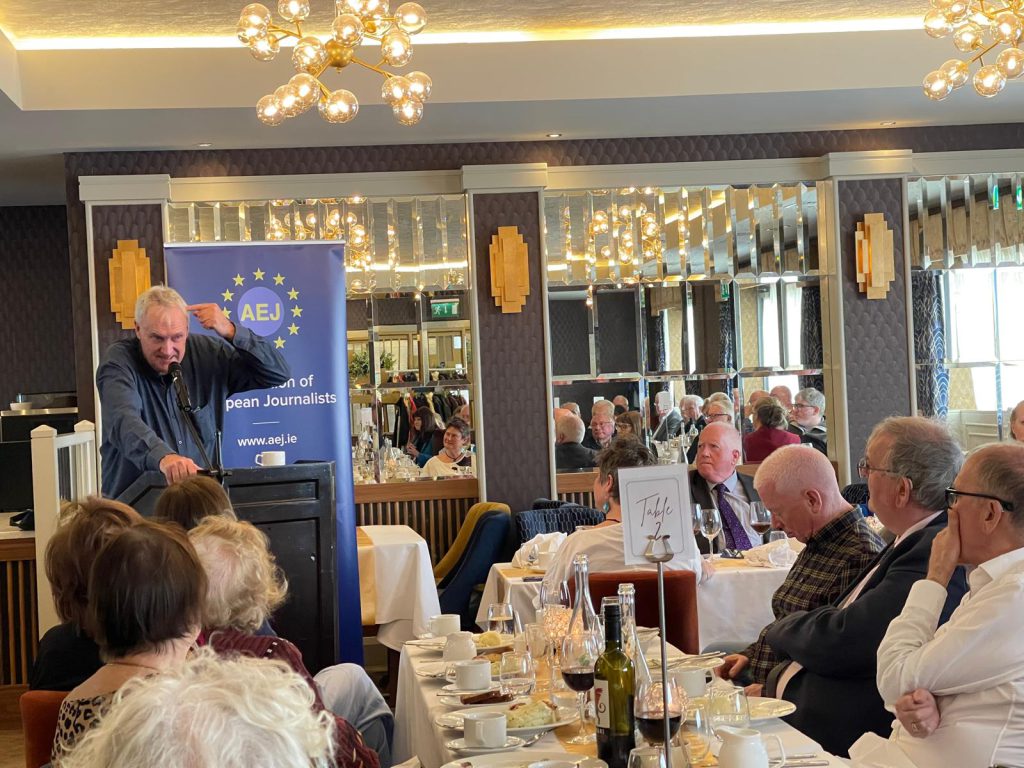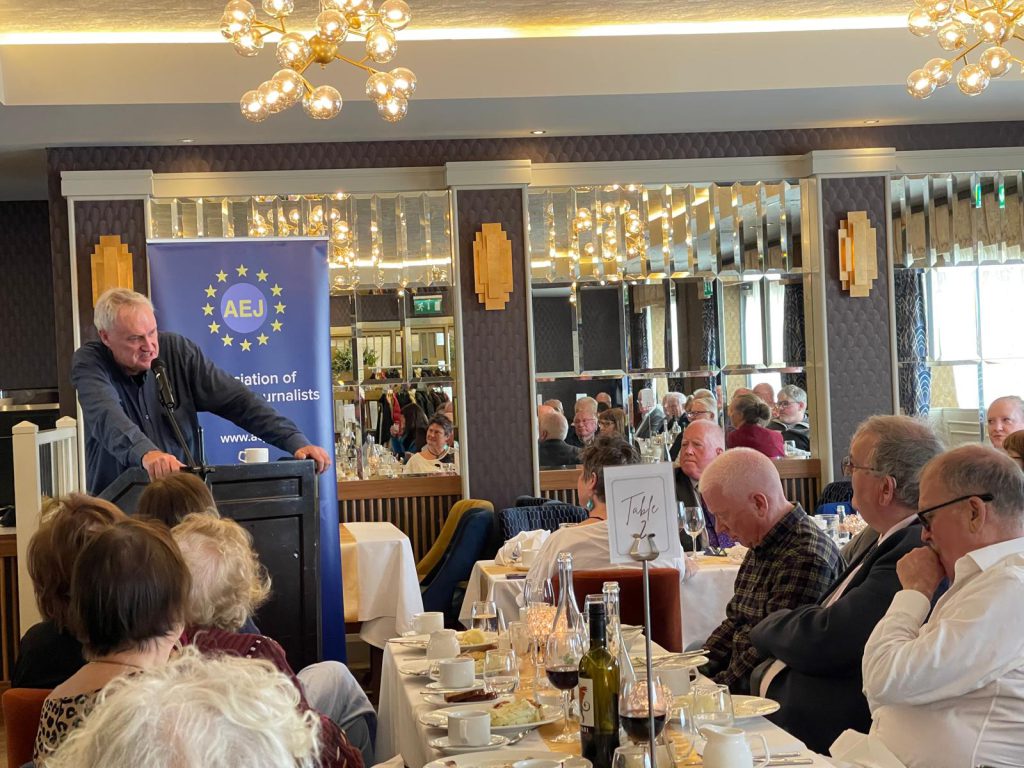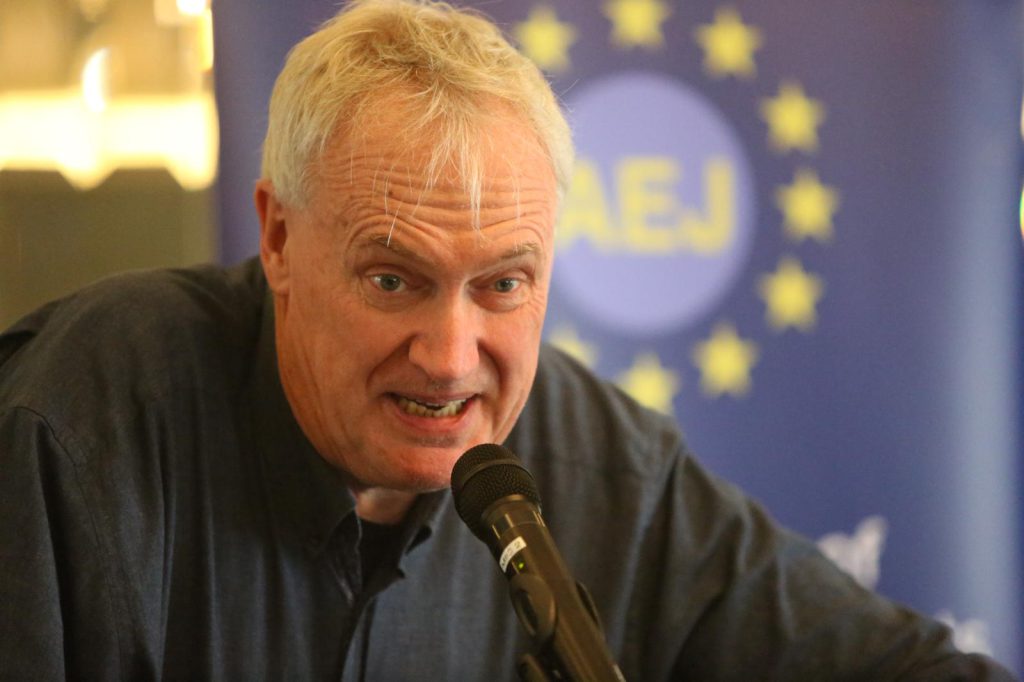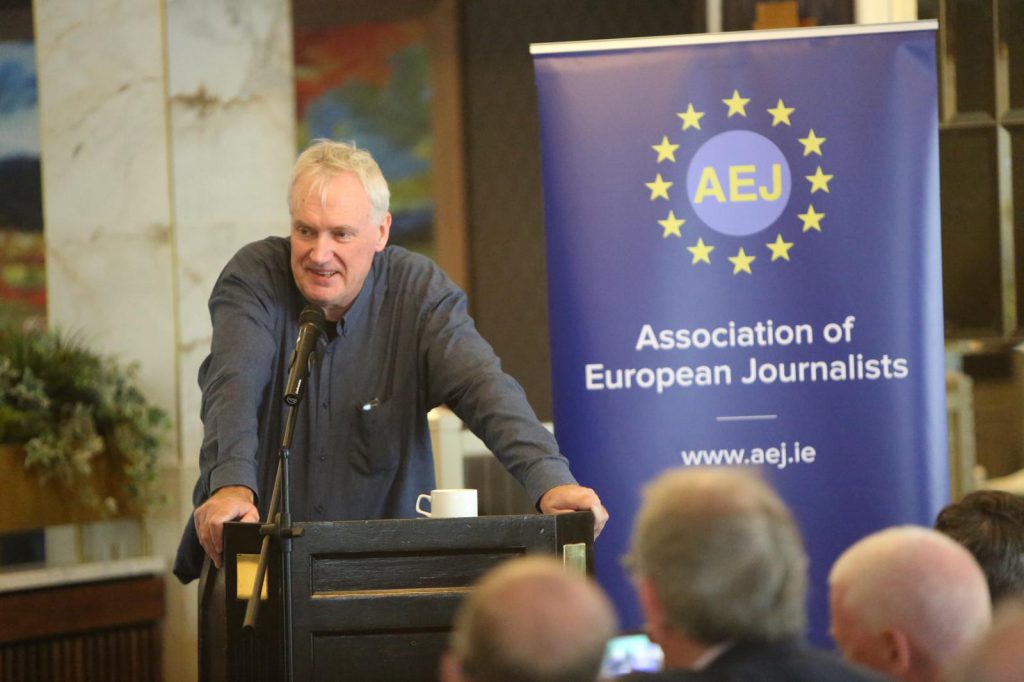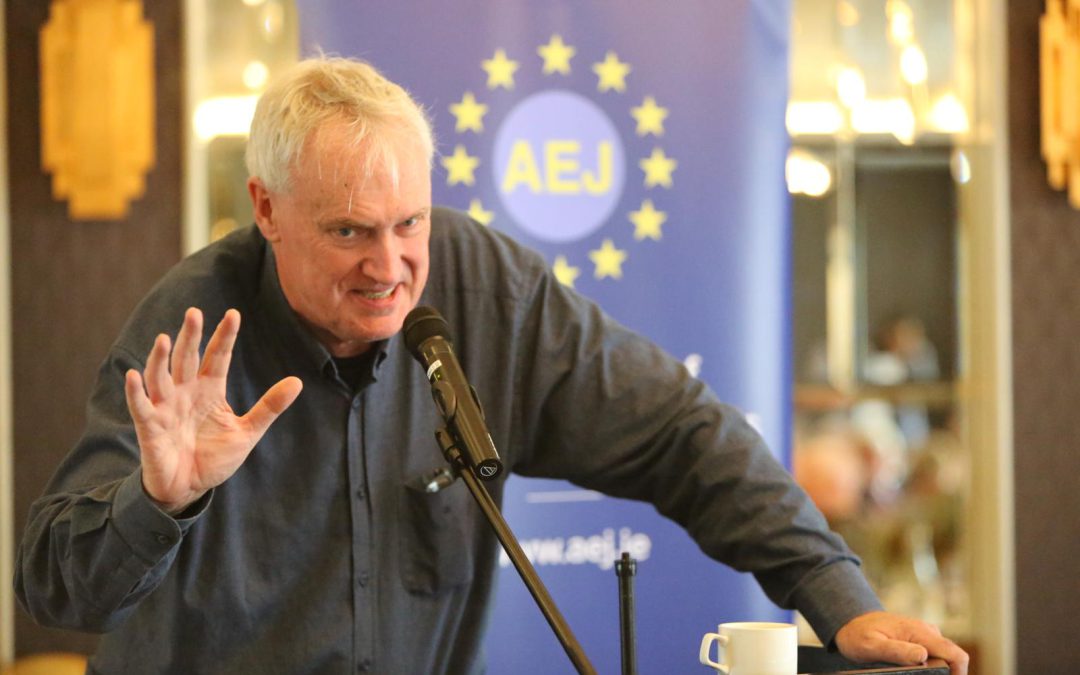Did the Covid-19 lockdowns do more harm than good? Did anything positive come from the pandemic? And how can we prepare for the next one?
To try to answer these three questions, we must use science. Of all the things we do as humans, science is the most reliable way to get to the truth of something. It’s not perfect because it is carried out by human beings, with their frailties. But it has the virtue of being self-correcting as data accumulates.
So how did we do? Overall Ireland did very well. Our health service delivered one of the most successful vaccine campaigns globally. By November 2021 Ireland was the top country in the EU for full vaccinations in our adult population.
Our excess mortality rate (meaning people who died because of Covid-19) was among the lowest in the world and in the EU, we were second only to Norway, Finland and Denmark.
In terms of positives that came from the pandemic, therefore, the most obvious are RNA vaccines. Globally, in the first year of use, the vaccines prevented an awful lot of death and suffering.
Excitingly, the same RNA vaccine technology is now being tried in cancer. Bad things lead to a good thing. The use of chemical warfare in World War I gave rise to chemotherapy for cancer. Covid-19 might well give rise to a vaccine for cancer.
Apart from the RNA vaccines, two other positive things emerged. Firstly, we now have improved surveillance of sewage and other water sources to monitor infections in communities, especially in poorer countries. This surveillance has already spotted a polio outbreak in Malawi. This will be important for spotting future pandemics.
The second advance is the likelihood that we’ll see more home testing for infections or other medically-relevant things. Home testing is now available for things like Vitamin D, cholesterol, iron and flu. Tests in development include one for sepsis, which is an overwhelming infection that can be life threatening. We’re likely to see a lot more home testing.
When it comes to lockdowns, it’s important to remember that when Covid-19 erupted it was caused by a new virus that was killing a lot of people. In his speech on March 12, 2020, our then taoiseach Leo Varadkar said: “We have not witnessed a pandemic of this nature in living memory. This is uncharted territory.”
It turned out to be the third worst pandemic to afflict us, with the Black Death being the worst followed by the 1918 flu pandemic.
There is a strong case that if we hadn’t locked down in the way we did a lot more people would have died. Evidence for this can be seen in places with no lockdown and limited public health measures.Manaus in Brazil gives us a disturbing example. In the first phase of the pandemic there were very few restrictions. Hospitals and then graveyards were overwhelmed and Manaus had 2,662 deaths, with a death rate of 121 per 100,000 in the first wave of the pandemic.
Compare that to Ireland where in roughly the same period we had 12.5 deaths per 100,000. A poorer healthcare system and more poverty is likely to be part of the explanation but the main reason for this 10-fold difference in death rates between Manaus and Ireland is the lack of public health measures. Even though we did well, that’s cold comfort for those who lost a loved one.
Then there was the “meaningful Christmas” where household mixing rules were relaxed in December 2020. This was understandable as we needed some respite, and infection rates had fallen. But by then a new variant that was more transmissible had emerged. More cases were recorded in one month than throughout 2020, with over 1,000 Irish deaths in January 2021.
Restrictions were reintroduced and we had the steepest fall in the number of cases of anywhere in the world, illustrating the power of public health measures when deployed and followed.
We can also look to Sweden which had fewer public health restrictions than other Scandinavian countries. Sweden had three times the death rate of Norway, Finland and Denmark.
(Sunday Independent)
